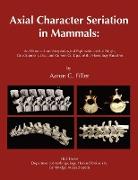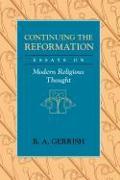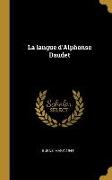Axial Character Seriation in Mammals
BücherAngebote / Angebote:
Modern biology is increasingly focused on the role of repetitive anatomical structures in the embryological construction of organisms. The discovery of the homeobox (Hox) genes by Edward Lewis in 1978 ushered in a series of stunning revelations such as the fundamental commonality of insect segments and mammalian vertebrae - a wild and ridiculed idea first proposed by Etienne Geoffroy Saint-Hilaire in 1822 that has now been proven correct.
Axial Character Seriation in Mammals is an unabridged edition of the 1986 Harvard University PhD Thesis of Aaron G. Filler, MD, PhD that pioneered our modern reassessment of mammalian vertebrae in the light of the new homeotic biology. As Dr. Filler points out in fascinating detail, the leading explanations of similarity among animals before Darwin were arrayed around the vertebrae of the spine in works by Sir Richard Owen, Johann Wolfgang Goethe and Geoffroy Saint-Hilaire. This was the theoretical structure that was overturned and demolished by Darwin's ideas about similarity due to common descent. In a stunning reversal, modern homeotic genetics has shown that repeating structures are indeed critical to understanding animal similarity.
This work is the first study of the modern era that views vertebrae as a key to unlocking the way in which Nature has organized repeating biological structures. For the 150 years since the Great Academy Debate of 1830 appeared to demolish Geoffroy Saint-Hilaire's ideas, vertebrae have been seen as no more than some bones in Vertebrate animals that are involved in support and locomotion. Axial Character Seriation in Mammals, however, explores the fascinating traces of how the morphogenetic genes sculpt and organize serially repeating structures, thus re-establishing the vertebrae as a legitimate and compelling subject of modern science.
Folgt in ca. 10 Arbeitstagen




